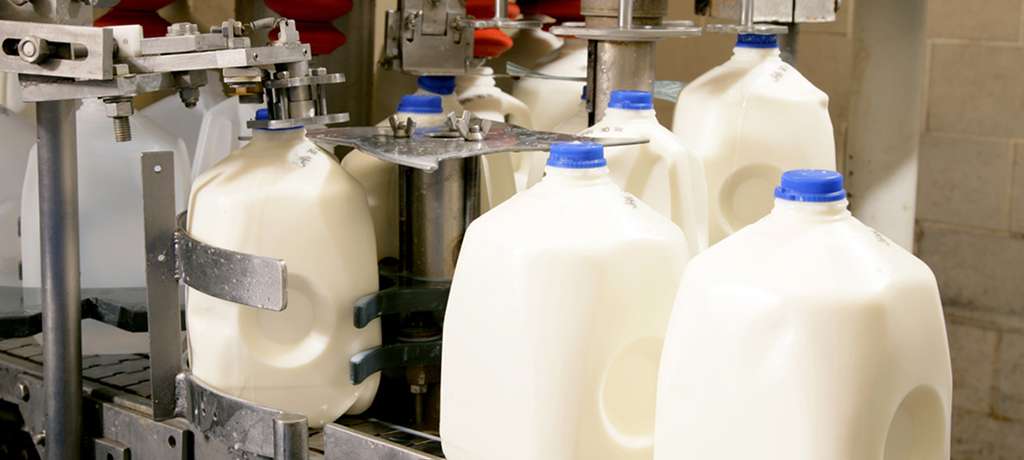THE DAIRY INDUSTRY IS HELPING PAVE THE WAY TOWARDS A MORE SUSTAINABLE PLANET. HERE’S HOW.
Consider the hardworking dairy cow. There she goes, wandering through the pasture, efficiently consuming plants and byproducts not fit for human consumption to produce nutrient-rich milk. At first, it might seem like this cow—let’s call her Bessie—is worlds away from your refrigerator or dining table. But as you’ll soon see, the distance between her farm and your refrigerator is far shorter (and far more sustainable) than you might think.
Today’s dairy farmers are even more committed than ever before to finding more environmentally beneficial ways to share milk’s unmatched and affordable vital nutrients with the world. Harnessing “cow power,” among other sustainable practices that turn cow manure into renewable energy, farmers are advancing dairy’s role in building a sustainable future.
Back in 2008, U.S. dairy became the first food agricultural sector to conduct a full life cycle assessment at a national level. They wound up making a highly encouraging discovery: dairy only contributes 2% of all greenhouse gas emissions in America. And by adopting more informed and innovative practices, the dairy farming industry is taking great strides to further minimize its carbon footprint. So far, the results speak for themselves: In 2017, producing a single gallon of milk required 21% less land, 30% less water and produced a 19% smaller carbon footprint than it did back in 2007.
Of course, there’s always room for improvement, and that’s why The Innovation Center for U.S. Dairy announced the Net Zero Initiative on October 12, 2020. Endorsed by dairy farmers and industry leaders across the nation, the initiative is a promise to achieve three ambitious goals to ensure the U.S. dairy industry does its part to protect the planet and make a positive impact on the environment:
- Become carbon neutral or better. Both the goal and 2050 timing align with what we believe is achievable based on today’s science, technology and innovation.
- Optimize water use while maximizing recycling: This encourages dairy farms and businesses to make the best water management decisions, including using each gallon of water as many times as is appropriate, for their individual operations. This approach is intended to help account for regional differences in water sources and use, and incorporates recycling, which is a practice at both the farm and processor levels.
- Improve water quality by optimizing utilization of manure and nutrients: This goal highlights the interconnectivity of manure/nutrient management, soil health and water quality.
Make no mistake: This vitally important work has far-reaching implications that extend well beyond Bessie’s pasture. As The Markets Institute at World Wildlife Fund wrote in January 2021, “What U.S. dairy is doing can be adapted and implemented by all animal proteins. [We want to] show poultry, pork, eggs, beef and aquaculture that entire sectors can reduce GHG emissions, even more so if they work together. There are no one-size-fits-all solutions, but what dairy is doing should give key insights to other sections on what they can do as well.”
So, remember: When you purchase a gallon of Bessie’s milk, you’re also helping support farmers who are committed to evolving their processes and finding more sustainable solutions to produce one of the world’s most naturally nutritious and affordable beverages. That work can ultimately help revolutionize agriculture as a whole, paving the way for other sectors to improve their own processes for the betterment of the world and the environment.




